Key Points:
If you frequently park your RV in very remote locations for extended periods of time and want to maximize your cellular boosting capability to connect to distant towers, then today weBoost has a new product designed with you in mind.
Table of Contents
Video Overview
Here's our video with an overview of this new product.
Subscribe to our YouTube Channel
The New Destination RV Kit (470159)
The Destination RV replaces the Connect RV 65, which was introduced in 2018.
The Destination RV kit is very similar to the Connect RV 65, and includes all the same components, except for the amplifier unit and external antenna.

The Destination amplifier is based on the weBoost Home MultiRoom, their upgraded residential amplifier replacing the previous Connect model. The two primary upgrades in the new amplifier beside the look is slightly more uplink transmit power and support for Sprint's Band 25.

The exterior antenna is the same wideband Yagi directional design but has slightly different gains on different frequency bands.
Like the Connect RV 65, the kit also includes components that make this booster more friendly for RV use - such as a telescoping pole, more suitable cabling lengths, an AC & 12v power adapter and a flat connector connector to run through window frames.
The telescoping pole collapses down to about 6' for storage, and can extend up to 25' - it comes with mounting brackets to attach to the side of your RV.
The new amplifier is matched with the weBoost Home Outside directional external antenna, and a large directional panel antenna for inside use.
The booster supports the major frequency bands utilized by Verizon, AT&T, T-Mobile, including support or Sprint/T-Mobile's band 25, which the Connect RV 65 didn't offer.
However, like all consumer boosters in the US, the Destination RV's boostable frequencies are limited to those authorized by the FCC (2, 4, 5, 12, 13 and 25) - which unfortunately doesn't include many important cellular bands such as T-Mobile's Band 71 and AT&T's Band 14.
The new Destination RV kit is listed at the same price as the Connect RV 65 kit it is replacing - $649.99, which is $150 more than their mobile flagship booster, the Drive Reach RV.
While we are not planning to test this new kit due, we did extensively test the predecessor, and members can read our testing notes and full review in the Connect RV 65 Gear Center entry. We anticipate performance and use cases to be close enough to not merit the effort of extensive re-testing.
What Does 5G Ready Mean?

Booster manufacturers may state their products are "5G ready." Which is a bit misleading. 5G is being deployed on a myriad of low, mid and high frequency bands. Current boosters only cover a handful of frequency bands in the low range spectrum (12, 13, 5, 4, 2 and sometimes 25). Where 5G is being deployed on those bands, they will work. But they will not work on the newer bands, thus only offering relatively limited 5G support.
This is a complicated topic, for more:
Why Stationary?
Back in 2014 the FCC set standards for LTE boosters that restrict cellular amplifiers to just 50dB of gain for mobile applications. This was meant to apply for use in vehicles while in motion.
RVs however blur the lines between being mobile while in transit and being stationary when parked.
Some RVers want a boosted signal while underway and while parked, while others are only concerned with boosting while they are parked.
The 65dB gain of the Destination RV is above the legal 50dB limit for mobile boosters, which is why this kit is designed and intended for stationary use, including the pole and directional external antenna that must be set up at each location.
How Practical is this for RV Use?

While a directional antenna and stronger amplifier can indeed create a stronger boost and thus help you reach more distant towers with usable results - it does come at the cost of increased setup time at each stop as compared to a mobile cellular booster.
At each stop, the customer will need to set up the telescoping pole, hoist the wideband directional antenna, precisely aim it towards the cellular tower and then run cabling into the RV (the kit does include a coax 'flat cable' for running through a window seal for a no-drilling needed installation.)
For occasional RVing or longer-term stays in remote areas, then this may not be much of an inconvenience.
For those that move more frequently, the setup and aiming requirements will likely be a frustrating and time-consuming hassle. Plus, the additional gain of the more powerful amplifier and directional antenna will only provide an advantage in niche situations - generally, very remote areas where cell towers are very far away.
A more typical RVer who moves locations frequently or doesn't spend much time in very remote areas would likely be better served with a booster designed for mobile use.
Mobile booster kits come with omnidirectional antennas with lower gain and less powerful amplifiers, but they can be effective in most signal conditions where a booster is an effective signal-enhancing choice. Additionally, they can be used while in motion and require no setup upon arrival.
Also, keep in mind that in most signal conditions external antennas will outperform a booster for cellular data, provided your cellular device supports external antennas.
Boosters & Data Performance
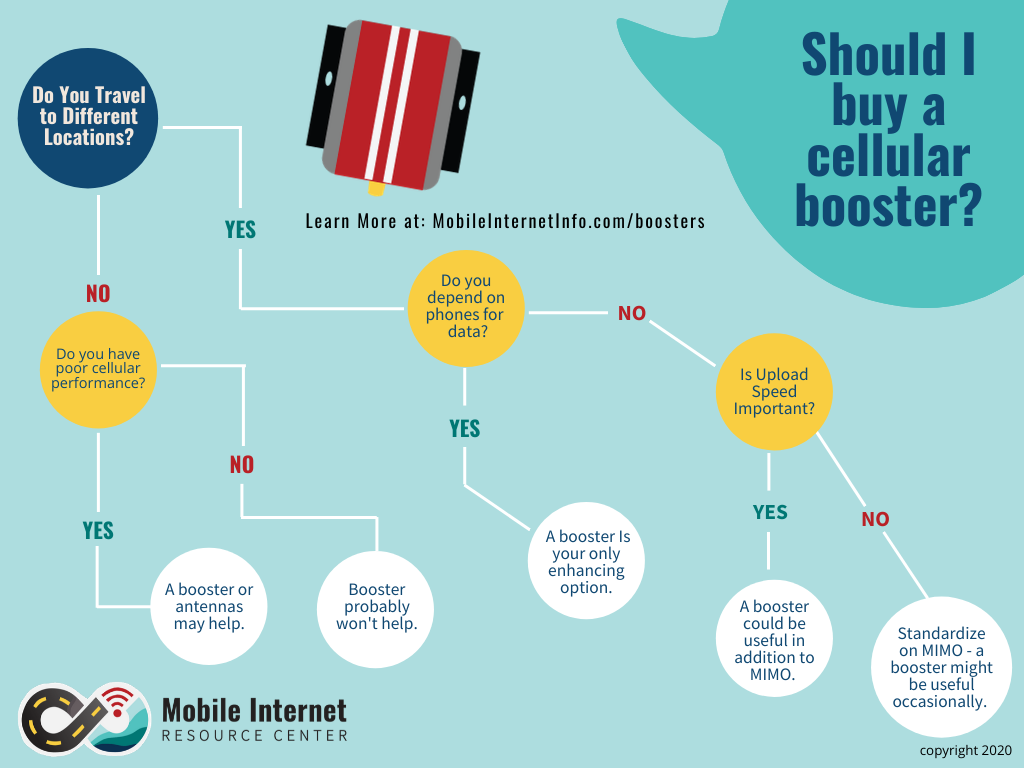 Keep in mind however, as far as cellular data performance is concerned, boosters are not always the optimal signal enhancing strategy. While a booster can play a role in a mobile internet setup in weak signal areas and when upload capacity is of importance - many cellular reliant nomads depend on directly connected MIMO antennas for use with routers and mobile hotspots.
Keep in mind however, as far as cellular data performance is concerned, boosters are not always the optimal signal enhancing strategy. While a booster can play a role in a mobile internet setup in weak signal areas and when upload capacity is of importance - many cellular reliant nomads depend on directly connected MIMO antennas for use with routers and mobile hotspots.
For smartphones and tablets however, cellular boosters are the only option.
Carefully consider whether or not you need a booster before purchasing one - you can learn more in our Mobile Cellular Boosters Guide.
But if you've decided that a cellular booster is a worthwhile investment for your needs and you're setting up in a remote location long-term, the Destination RV kit may be a good option to consider.
Summary
Overall the Destination RV kit is an iterative upgrade over its predecessor, the Connect RV 65. If you already have the RV 65, there's nothing significant enough here to consider upgrading, unless Band 25 is important to you.
If you find yourself parked long-term in an extremely weak signal area where other signal enhancing gear just isn't cutting it - then this kit may be worth a try. But always keep in mind, there has to be some signal in the area for any booster or antenna to work.
Purchasing
The new weBoost Destination RV is now available direct from weBoost, and should soon be available soon at other retailers like TechnoRV, Repeater Store, and Amazon.
Save 5% at weBoost.com!
While this site is not reliant on affiliate funding, our weBoost links are affiliate links (only way they'd offer us a discount code). All affiliate incomes goes towards funding this site and other great causes.
Buy Direct from weBoost:
Other Vendors:
Amazon | Signal Boosters | UberSignal
Members, please check your Member Discounts page for special vendor discounts greater than the weBoost direct 5%.

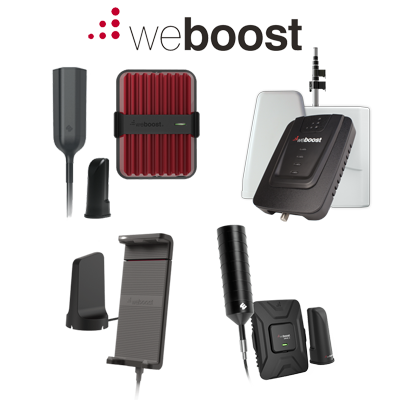

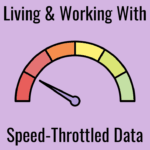


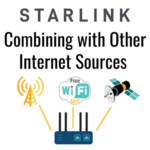
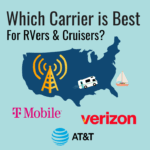
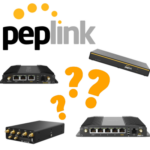
 Mobile Internet Resource Center (dba Two Steps Beyond LLC) is founded by Chris & Cherie of
Mobile Internet Resource Center (dba Two Steps Beyond LLC) is founded by Chris & Cherie of